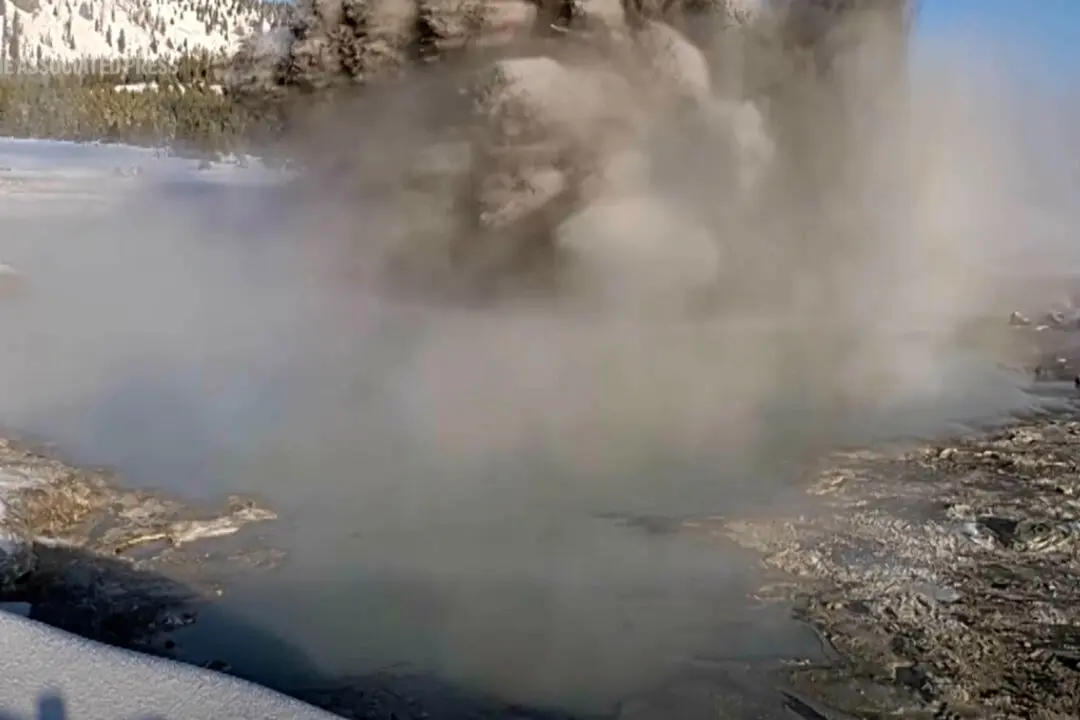CAMERON, La.—Vacant slabs, weed-choked lots, and solitary stairs to nowhere permeate this tiny town in southwest Louisiana. All that remains of the Klean-N-Kruise car wash is a rusted white sign overlooking an empty, overgrown lot. Residents travel 30 miles away for anything they can’t get at the local gas station because there is no grocery store.
And everywhere there are the campers.
Hurricane Rita was one of the fiercest storms on record when it roared ashore near the Texas/Louisiana border on Sept. 24, 2005. Coastal towns splintered as seawater pushed 20 miles inland and tornadoes wrecked homes. At least 11 deaths in Texas and Louisiana were blamed on the storm, which caused more than $11 billion in damage and sparked one of the largest evacuations on record.
In any other year it would have been the worst hurricane of the year. But this was the year of Hurricane Katrina. And the communities along Louisiana’s western coast felt abandoned. They still do.
As Katrina’s 10-year anniversary was marked by a week of events including visits from three American presidents, in communities along the western coast where people still live in small trailers in their yards because they can’t afford to rebuild, Hurricane Rita’s wrath is ever-present.
“People would like to move back. It’s just so costly. You’ve got to build up,” said Shon Manuel, who stays in a camper in Cameron to be close to his business, Dockside Bar & Grill. “It’s like they don’t want you here.”
Damage
Rita struck as a category 3 hurricane with 120-mph winds and a storm surge reaching as high as 20 feet, swamping small towns across southwest Louisiana and ravaging southeast Texas.
Intent to not see a repeat of Hurricane Katrina where tens of thousands did not or could not evacuate, officials ordered people out across the region in one of the largest evacuations in U.S. history. But even that was dangerous. More than 100 people died in the chaotic, pre-storm evacuation of the Houston area, including 23 nursing home patients who perished when their bus burst into flames. Millions fled and got stuck in traffic jams in sweltering heat.
When the hurricane arrived, seawater pushed as far as 20 miles inland, drowning acres of rice, sugarcane fields, and pasture for cattle. Thousands of cows drowned. Rita spread devastation across whatever portion of Louisiana’s coastline Katrina had spared, with damage reaching 150 miles east of where the storm came ashore.






